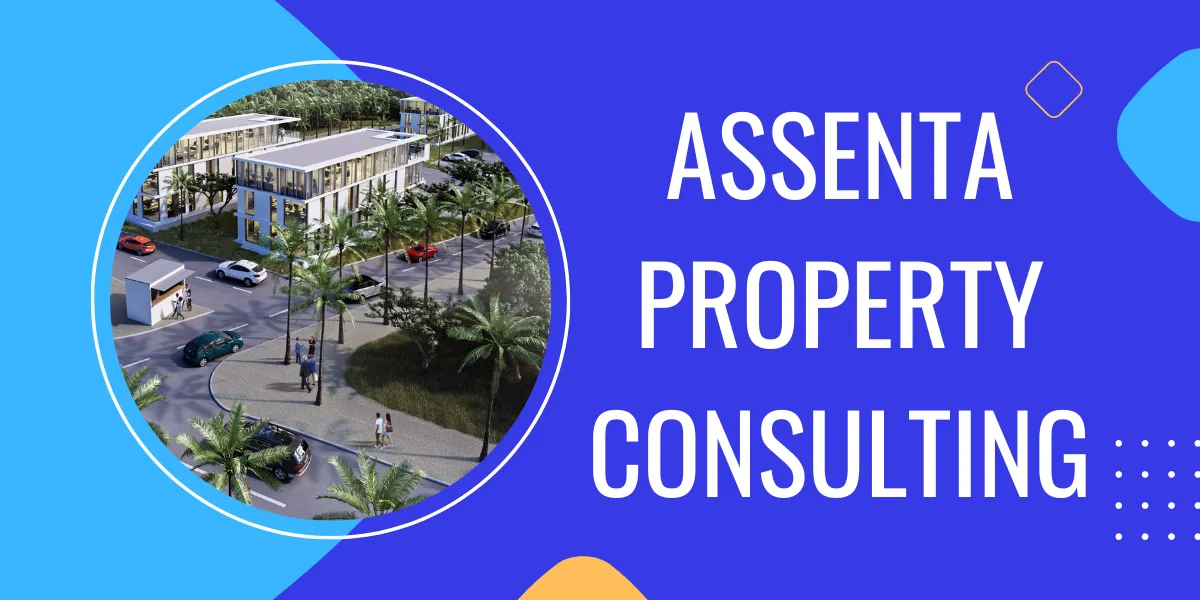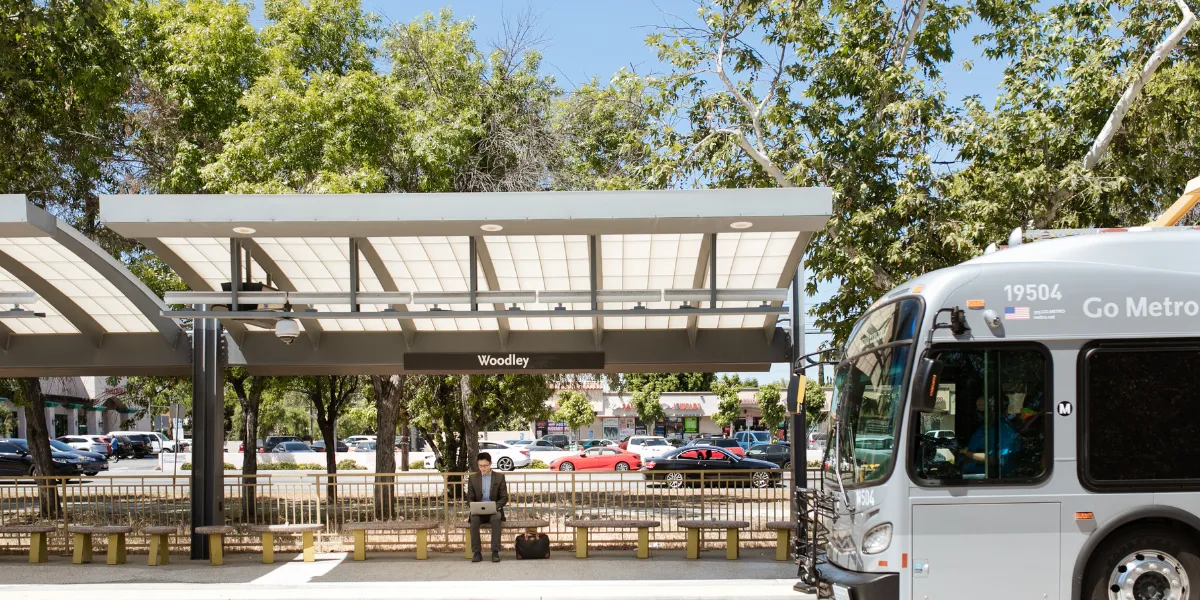When the sun sets across the Philippine archipelago, a remarkable transformation occurs. The tropical warmth gives way to a different kind of heat—the infectious energy of one of Southeast Asia’s most dynamic nightlife scenes. From the glittering high-rises of Metro Manila to the beachfront bars of Boracay, the Philippines offers an after-dark experience as diverse as its 7,000 islands. What makes this nightlife particularly special isn’t just the variety of venues or the quality of entertainment, but the unmistakable Filipino warmth that turns strangers into friends and ordinary nights into unforgettable memories. This vibrant after-dark culture represents a perfect blend of modern entertainment trends and deep-rooted traditions of hospitality and community.
The Heartbeat of Manila After Dark
Metro Manila serves as the undeniable epicenter of 필리핀 밤문화, offering an overwhelming array of options that cater to every possible taste and preference. The city never truly sleeps, with different districts coming alive at various hours to create a seamless transition from after-work drinks to late-night dancing. What makes Manila’s nightlife unique is its remarkable diversity—within a single evening, you can experience the sophistication of rooftop bars in Bonifacio Global City, the artistic vibe of speakeasies in Poblacion, and the timeless charm of live music venues in Malate. The city’s energy is palpable, fueled by a young population that approaches nightlife with both enthusiasm and a genuine desire to connect. Despite the urban sprawl, each district maintains its distinct personality, allowing visitors to curate their night based on mood and company.
The Phenomenon of Poblacion’s Transformation
In recent years, the Makati neighborhood of Poblacion has emerged as the undisputed king of Manila’s nightlife scene. This area represents one of the most fascinating urban transformations in the city, having evolved from a quiet residential zone into a vibrant hub of creativity and entertainment. The streets of Poblacion pulse with an organic, almost chaotic energy that feels both spontaneous and welcoming. Here, you’ll find a remarkable coexistence of upscale cocktail bars, budget-friendly beer stations, international restaurants, and street food vendors—all operating within steps of each other. The neighborhood’s charm lies in its imperfections and authenticity, where exposed brick walls and graffiti art create the backdrop for meaningful conversations and spontaneous connections. It’s a place that encourages exploration, with new venues constantly emerging while established spots continue to evolve.
The Resilient Spirit of Nightlife Communities
The Philippine nightlife scene demonstrates remarkable resilience, having weathered significant challenges including pandemic restrictions and economic fluctuations. What’s emerged stronger than ever is the sense of community among venue owners, staff, and regular patrons. There’s a collaborative spirit that transcends competition, with bar owners often supporting each other during difficult times and customers showing loyalty to their favorite establishments. This community aspect transforms the nightlife from a mere commercial transaction into a genuine social ecosystem. Many venues now prioritize creating spaces that foster connection rather than just consumption, with thoughtful designs that encourage interaction and shared experiences. This focus on community has helped the nightlife scene rebuild and innovate, leading to more meaningful and sustainable entertainment options.
A Guide to Manila’s Diverse Entertainment Districts
Beyond Poblacion, Metro Manila offers several distinct nightlife districts each with its own character and appeal. Bonifacio Global City (BGC) presents a more polished experience with upscale clubs, sophisticated wine bars, and international restaurant chains that cater to a professional crowd. The Fort Strip area specifically has become synonymous with high-energy clubbing and celebrity sightings. Meanwhile, Eastwood City in Quezon City thrives on the energy of the business process outsourcing industry, with venues tailored to those working non-traditional hours. For those seeking nostalgia and character, Malate and Ermita maintain their bohemian appeal with jazz bars and establishments that have witnessed decades of Manila’s evolution. Each district offers a different version of the Manila nightlife experience, allowing visitors to choose their adventure based on mood and company.
The Unique Allure of Beachfront Nightlife
The Philippine nightlife experience extends far beyond the urban centers to the country’s world-famous beach destinations. Here, the atmosphere transforms completely, trading city pavement for white sand and skyscrapers for palm trees. Boracay’s White Beach remains the quintessential beach party destination, where establishments spill onto the sand and fire dancers perform against spectacular sunsets. The vibe is barefoot casual, with music ranging from acoustic sessions to full-scale DJ parties. In emerging destinations like Siargao, the nightlife reflects the island’s surf culture—laidback, reggae-infused, and centered around bonfires and spontaneous gatherings. This beachfront nightlife offers a completely different pace from the city, where time seems to slow down and the focus shifts from seeing and being seen to genuine relaxation and connection with nature and companions.
The Cultural Cornerstones of Filipino Socializing
To truly understand Philippine nightlife, one must appreciate the cultural elements that make it distinct. Karaoke, known locally as videoke, remains an integral part of the social fabric, with private rooms available for groups who want to sing the night away. This tradition cuts across social classes and generations, serving as both entertainment and emotional release. Similarly, the presence of street food vendors near nightlife areas provides not just sustenance but a cultural experience, allowing revelers to enjoy local delicacies like isaw (grilled intestines) or balut (fertilized duck egg) between venues. These cultural touchpoints create a nightlife experience that feels authentically Filipino rather than a generic imitation of international trends. They serve as reminders that at its heart, Filipino socializing is about shared experiences and genuine connection rather than mere spectacle.
The Evolution of Music and Entertainment Venues
The musical landscape of Philippine nightlife has diversified significantly in recent years, moving beyond the mainstream Top 40 format that once dominated. While large clubs still feature commercial hits, there’s growing space for niche genres and independent artists. Electronic music has established a firm foothold, with venues dedicated to house, techno, and other underground sounds. At the same time, there’s been a resurgence of interest in live bands performing original Filipino music, supporting the local music industry while providing authentic entertainment. Comedy bars offering stand-up performances in both English and Tagalog have also gained popularity, providing laughter-filled alternatives to dancing. This diversification means there’s truly something for every musical taste, with venues increasingly specializing rather than trying to be all things to all patrons.
Practical Tips for Navigating the Nightlife Safely
Enjoying the Philippine nightlife to its fullest requires some practical knowledge to ensure a safe and enjoyable experience. Planning transportation in advance is crucial, with ride-sharing apps being the most convenient option in major cities. It’s wise to establish a budget beforehand, as the excitement of the moment can lead to overspending. While Filipinos are generally friendly and hospitable, maintaining awareness of your surroundings and belongings is always recommended. Staying hydrated in the tropical climate is important, especially when consuming alcohol. Many seasoned nightlife enthusiasts recommend starting the evening earlier to experience happy hour specials and avoid the largest crowds. Perhaps most importantly, embracing the Filipino concept of “pakikisama” (getting along) will enhance the experience—being open to conversation and new connections often leads to the most memorable moments.
The Future of Nightlife in the Philippines
As the Philippines continues to develop economically and culturally, its nightlife scene evolves accordingly. Trends indicate a growing interest in experiential venues that offer more than just drinks and music—places that incorporate art installations, cultural performances, or thematic elements. Sustainability is becoming increasingly important, with more establishments focusing on reducing waste and supporting local producers. The line between day and night venues is blurring, with many spaces operating as cafes or co-working spaces by day and transforming into bars by evening. Technology integration continues to advance, from digital reservations to interactive elements within venues. Despite these changes, the core of Philippine nightlife—the emphasis on warmth, connection, and shared joy—remains constant, ensuring that whatever innovations emerge, the experience will always feel authentically Filipino.
Embracing the Philippine Nightlife Experience
Ultimately, the Philippine nightlife scene offers something far more valuable than just entertainment—it provides a window into the Filipino soul. The generosity, resilience, and joy for life that characterize the culture are nowhere more evident than in the ways Filipinos socialize after dark. Whether you find yourself in a sophisticated rooftop bar or a humble street-side watering hole, the common thread is the genuine warmth and hospitality that turns a simple night out into a meaningful human experience. The true magic of Philippine nightlife lies not in the venues or the drinks, but in the connections forged between people who may have started the evening as strangers but end it as friends. This transformative power—to create community through shared experience—is what makes the Philippine nightlife scene truly special and worth exploring with an open heart and adventurous spirit.














